Archives
- 2025-12
- 2025-11
- 2025-10
- 2025-09
- 2025-03
- 2025-02
- 2025-01
- 2024-12
- 2024-11
- 2024-10
- 2024-09
- 2024-08
- 2024-07
- 2024-06
- 2024-05
- 2024-04
- 2024-03
- 2024-02
- 2024-01
- 2023-12
- 2023-11
- 2023-10
- 2023-09
- 2023-08
- 2023-06
- 2023-05
- 2023-04
- 2023-03
- 2023-02
- 2023-01
- 2022-12
- 2022-11
- 2022-10
- 2022-09
- 2022-08
- 2022-07
- 2022-06
- 2022-05
- 2022-04
- 2022-03
- 2022-02
- 2022-01
- 2021-12
- 2021-11
- 2021-10
- 2021-09
- 2021-08
- 2021-07
- 2021-06
- 2021-05
- 2021-04
- 2021-03
- 2021-02
- 2021-01
- 2020-12
- 2020-11
- 2020-10
- 2020-09
- 2020-08
- 2020-07
- 2020-06
- 2020-05
- 2020-04
- 2020-03
- 2020-02
- 2020-01
- 2019-12
- 2019-11
- 2019-10
- 2019-09
- 2019-08
- 2019-07
- 2019-06
- 2019-05
- 2019-04
- 2018-11
- 2018-10
- 2018-07
-
We have previously shown that sustained pCPT
2021-03-05
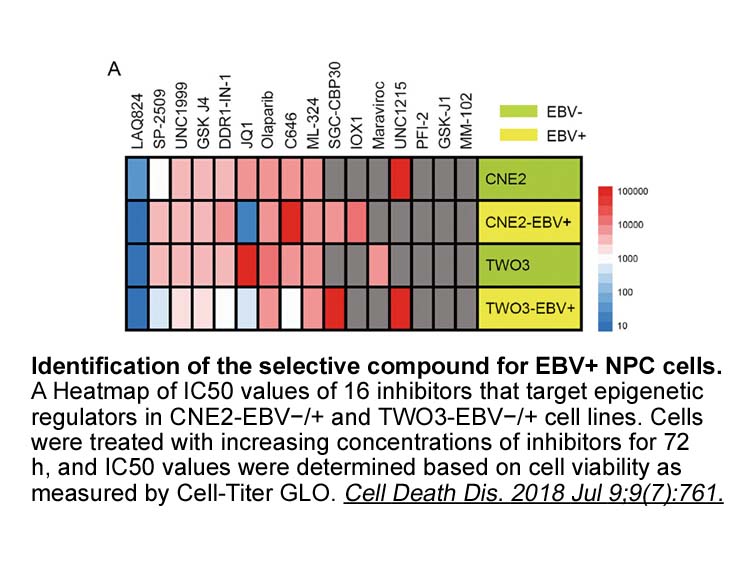
We have previously shown that sustained 8-pCPT treatment favored Ca2+-dependent arrhythmogenic activity in rat ventricular cardiomyocytes [8]. Fig. 2 shows line-scan Ca2+ images of myocyte incubated without (Fig. 2A left) and with 8-pCPT (Fig. 2A right) subjected to a train of electrical stimulation
-
We should also note that
2021-03-05
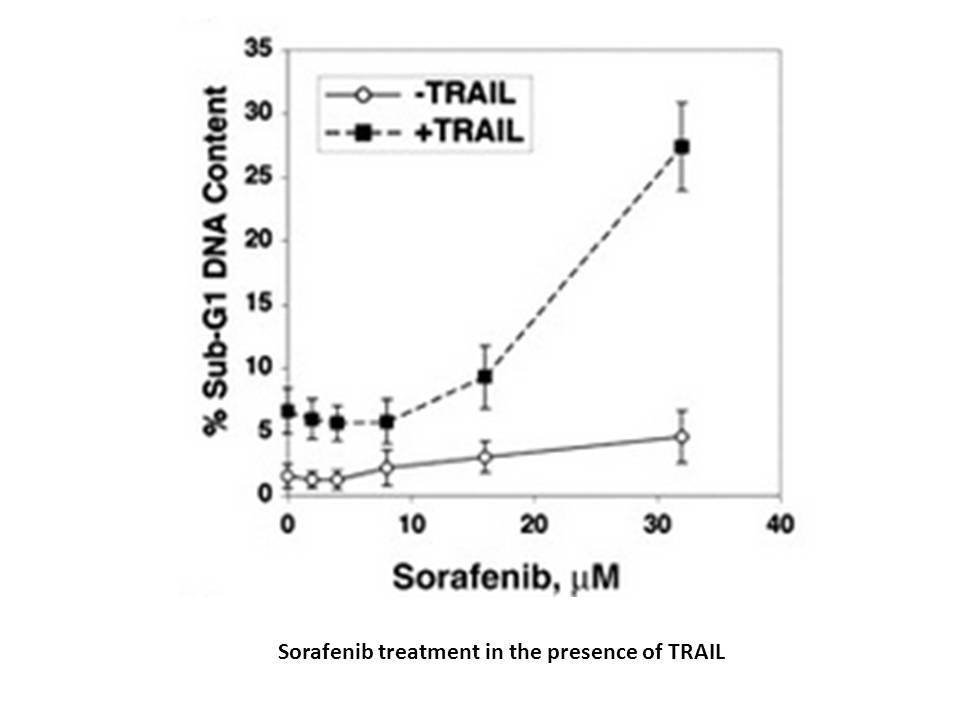
We should also note that, although AOAA is not a specific H2S inhibitor, its inhibitory effect on l-cysteine-induced relaxations are related to H2S since addition of AOAA to another H2S inhibitor PAG did not provide a further inhibition of these relaxations in penile tissue [37]. In our study, the c
-
DDR although normally expressed in
2021-03-05
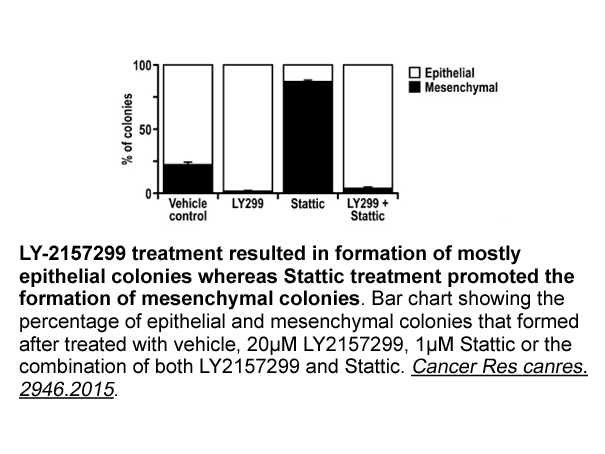
DDR2, although normally expressed in Kisspeptin 234 with mesenchymal features, has also been reported to enhance EMT. In A549 lung cancer cells, TGFβ1 increases the expression of type I collagen and DDR2. Knocking-down COL1A1 or DDR2 with siRNA is sufficient to inhibit EMT and cell migration induce
-
br Experimental Procedures br Author
2021-03-05

Experimental Procedures Author Contributions Acknowledgments Introduction In addition to the HLA region numerous other loci have shown association with type 1 diabetes risk [1], and susceptibility Telenzepine dihydrochloride have been identified in many of these regions [2]. How these g
-
br Discussion The regulation of intracellular cholesterol
2021-03-05
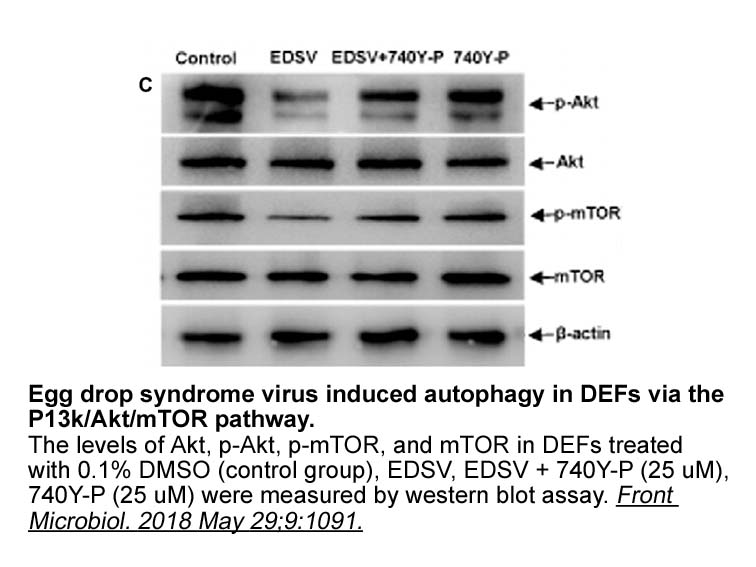
Discussion The regulation of intracellular cholesterol levels is a biological process of vital importance for cellular function and integrity, and involves robust transcriptional and post-transcriptional mechanisms that are sensitive to metabolic feedback control. Amongst post-transcriptional mec
-
Addition of deoxyuridine to CY cultures
2021-03-04
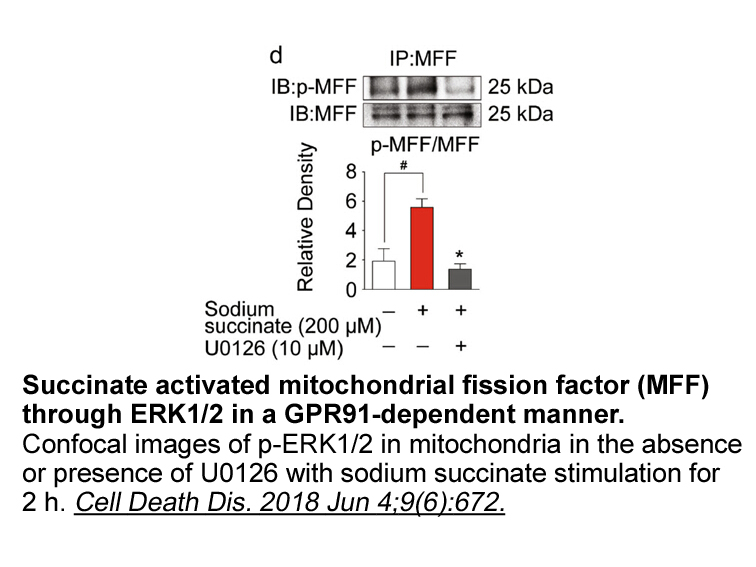
Addition of deoxyuridine to CY11 cultures led to a significant decline in the amount of uracil-DNA (Fig. 5). Deoxyuridine effectively induces the deo operon and is efficiently degraded to uracil and deoxyribose 1-phosphate by the deoA gene product, thymidine phosphorylase; a minor percentage of deox
-
br Discussion Our data demonstrate that
2021-03-04

Discussion Our data demonstrate that the bicyclam AMD3100 strongly interacts with CXCR-4, whereas DS and AR177, two other compounds that also interfere with virus entry into the glutathione s-transferase (and interfere with virus binding), do not. AMD3100 is a unique compound in that it interfere
-
Magnetic interactions between metal ions are usually describ
2021-03-04
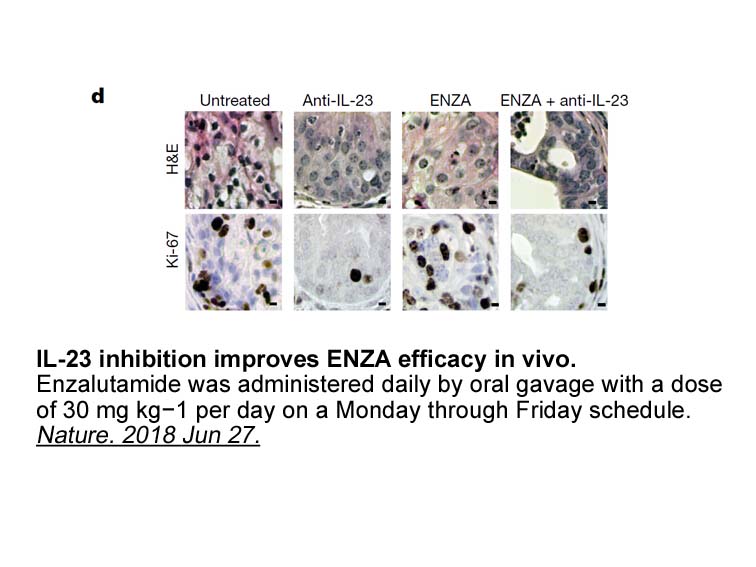
Magnetic interactions between metal ions are usually described by superexchange via intermediate ligands. Although the general principles of the superexchange mechanism are essentially the same for d and f ions, calculations of exchange parameters for lanthanides are more difficult than for transiti
-
Famprofazone br Conflict of interest br
2021-03-04
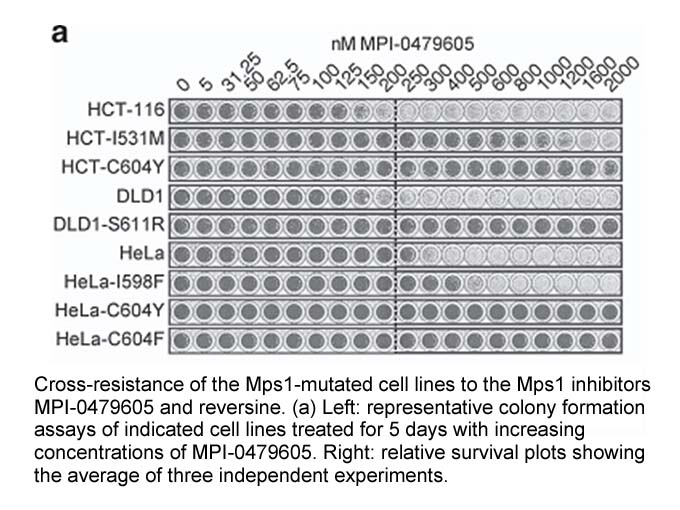
Conflict of interest Acknowledgements This study was supported by the National Natural Science Foundation of China (No.31571839), the Chinese Ministry Program for New Century Excellent Talents in University (NCET-12-0865), and Special Fund for Agro-scientific Research in the Public Interest (N
-
When a hour delay period
2021-03-04

When a 6-hour delay Cyclosporin H australia was implemented for the WRAM, neither of the E2-treated groups (E2-only and E2 + Levo) differed in WMC errors between the postdelay trials and the baseline trials. This suggests that exogenous E2 treatment protected from a delay-induced impairment in perf
-
Tropical theileriosis is caused by the apicomplexan parasite
2021-03-04
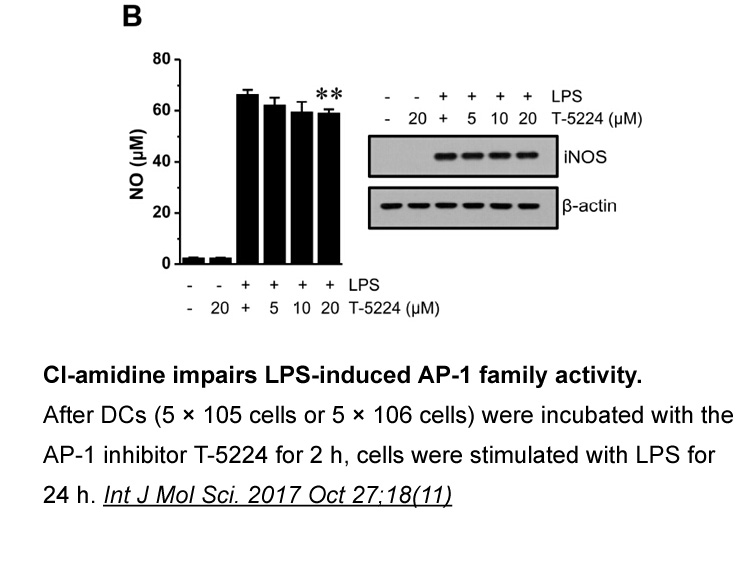
Tropical theileriosis is caused by the apicomplexan parasite Theileria annulata which is transmitted by a tick vector from the genus Hyalomma in cattle (Echebli et al., 2014, Li et al., 2014). Theileria parasites invade the leukocytes by sporozoites secreted from the vector, schizonts mature into me
-
All components of the UPP were predicted to be susceptible
2021-03-04
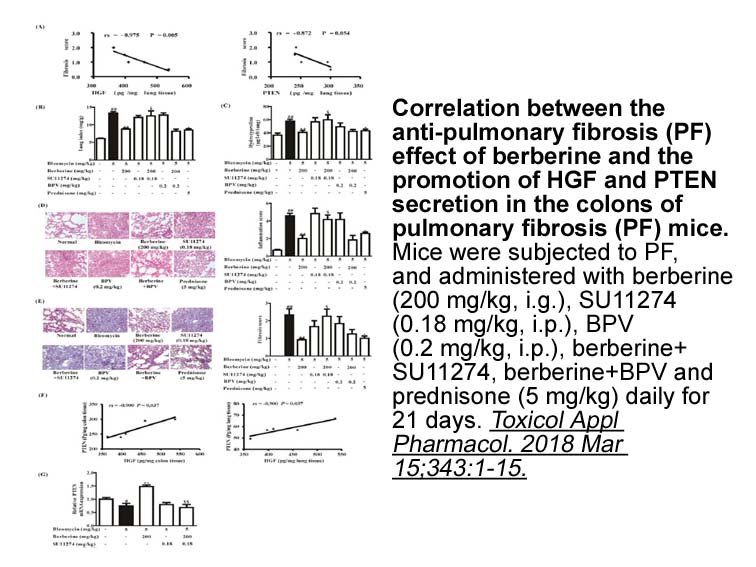
All components of the UPP were predicted to be susceptible to oxidative stress due to the cysteine residues in their active sites [36]. Curcusone D inhibits DUBs but has no significant effect on the action of E1, E2s, E3s, or the proteasome, which indicates that the targets of the ROS induced by cur
-
Although the implication of DA and glutamate signaling cross
2021-03-04

Although the implication of DA and glutamate signaling crosstalk in drug-evoked neuronal adaptations is well acknowledged, targeting the cognate receptors to alleviate symptoms is associated with a loss of efficacy over time and the appearance of severe sides effects, likely due to the involvement o
-
Cidofovir Two parameters were extracted from these experimen
2021-03-04
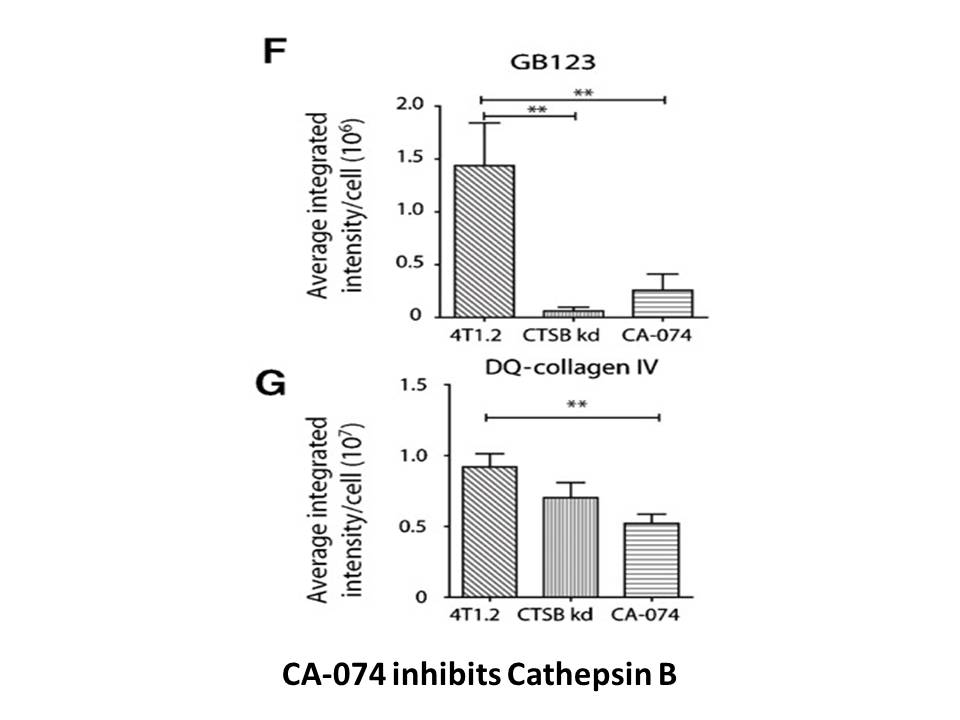
Two parameters were extracted from these experiments to compare the interactions of the three compounds with ct-DNA. The association constant K for the binding of the naphthalimide derivatives to ct-DNA was calculated by fitting the evolution of the fluorescence spectra with a 1:1 binding model usin
-
Recently naphthoquinone derivatives have shown
2021-03-04
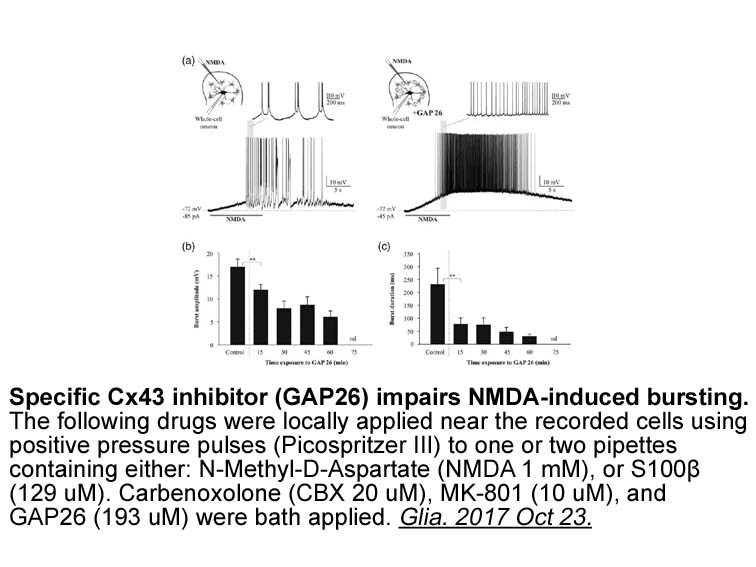
Recently, naphthoquinone derivatives have shown promising results as antiparasitic lead compounds [28]. Conjugated hybrid compounds could be an effective path to discovery of new drugs by associating two different pharmacophore groups with different mechanisms of action in a single molecule [29,30],
15941 records 685/1063 page Previous Next First page 上5页 681682683684685 下5页 Last page